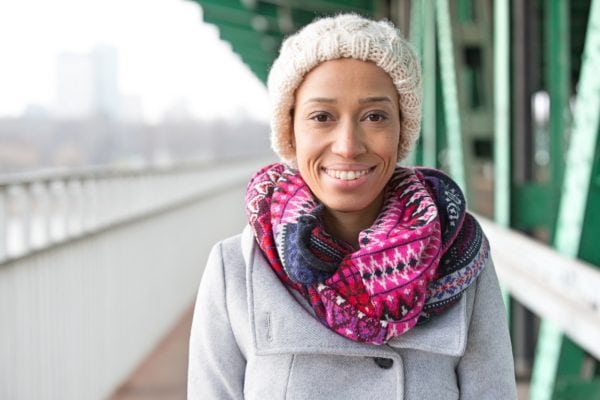Many times when I meet with cancer survivors, we discuss the side effects of treatment. This includes both physical and emotional effects. If a person is receiving chemotherapy or radiation, hair loss may be a common side effect. For many people, losing their hair can have an emotional impact that they (and others) are not expecting.
Hair loss may be one of the most obvious signs that a person is having treatment for cancer. I have had many survivors tell me that when they started losing their hair, it made the cancer real to them and others around them.
One woman told me that first she cut her long hair shorter, followed by shaving her head in anticipation of losing her hair during treatment. She said the first hair cut had a much more emotional impact than she expected. Later, when her hair was gone, she said that it made her feel like she had no control—she felt vulnerable and exposed. She had shared her cancer diagnosis with those close to her, but now it was obvious to anyone who saw her that she was dealing with cancer.
Another woman decided to face the hair loss directly by using humor and social media. After she shaved her head, she quickly got her friends and family involved. She posted photos of herself with various wigs and had people vote on their favorite. She found support in the fact that she was open about her experience with others and even had some fun. In this way, she had some control over the situation. She was actively dealing with the hair loss by talking about it with her friends and family.
Fortunately, hair loss from cancer treatment is usually temporary. Hair loss may start within two to four weeks of beginning treatment; regrowth may start about three to six months after treatment ends. At times, the first hair growth you experience may be a different color or texture, with eventual return to your normal.
If you are a survivor dealing with hair loss, ask about local resources that provide hats, scarves and wigs to cancer patients. The American Cancer Society partners with the Personal Care Products Council and the Professional Beauty Association to offer “Look Good … Feel Better” programs for women, men and teens. This free program helps cancer survivors discover ways to deal with skin changes using cosmetic and skincare products, as well as hair loss by learning about scarves, wigs and other accessories.
Dealing With Hair Loss From Cancer Therapy





